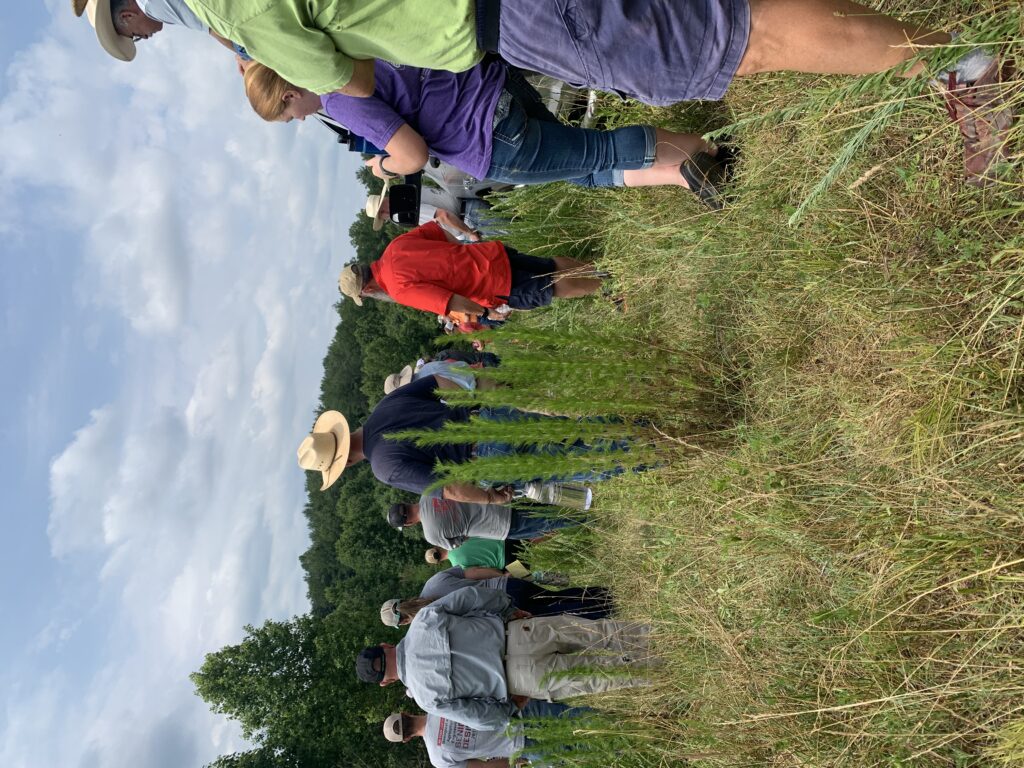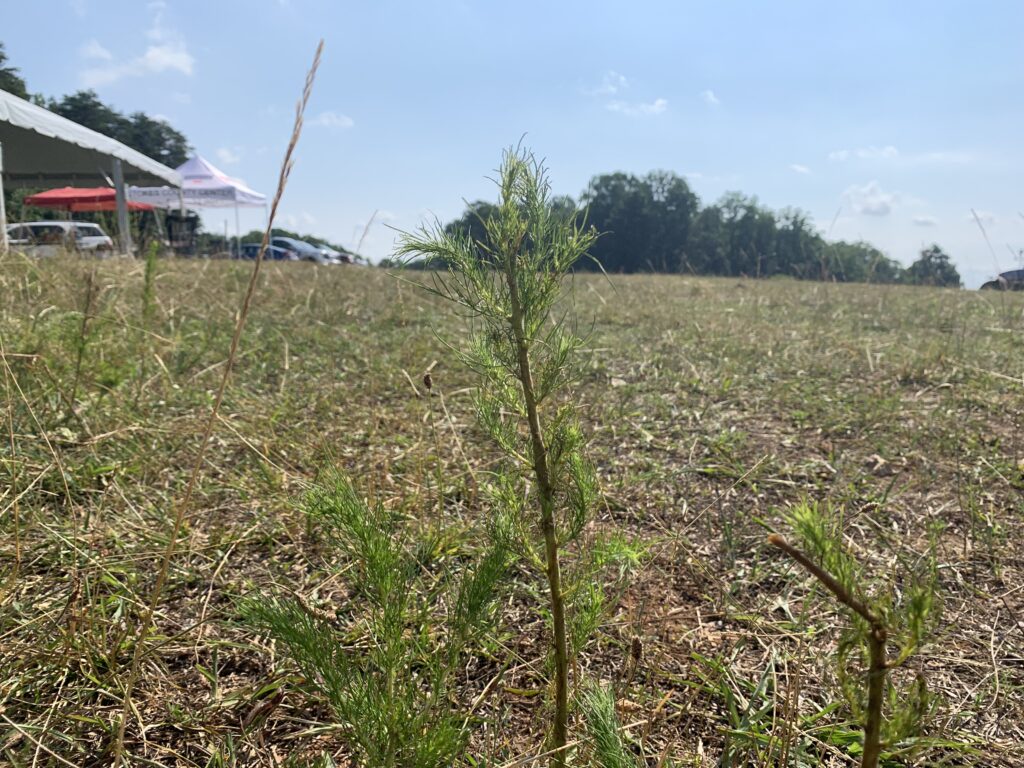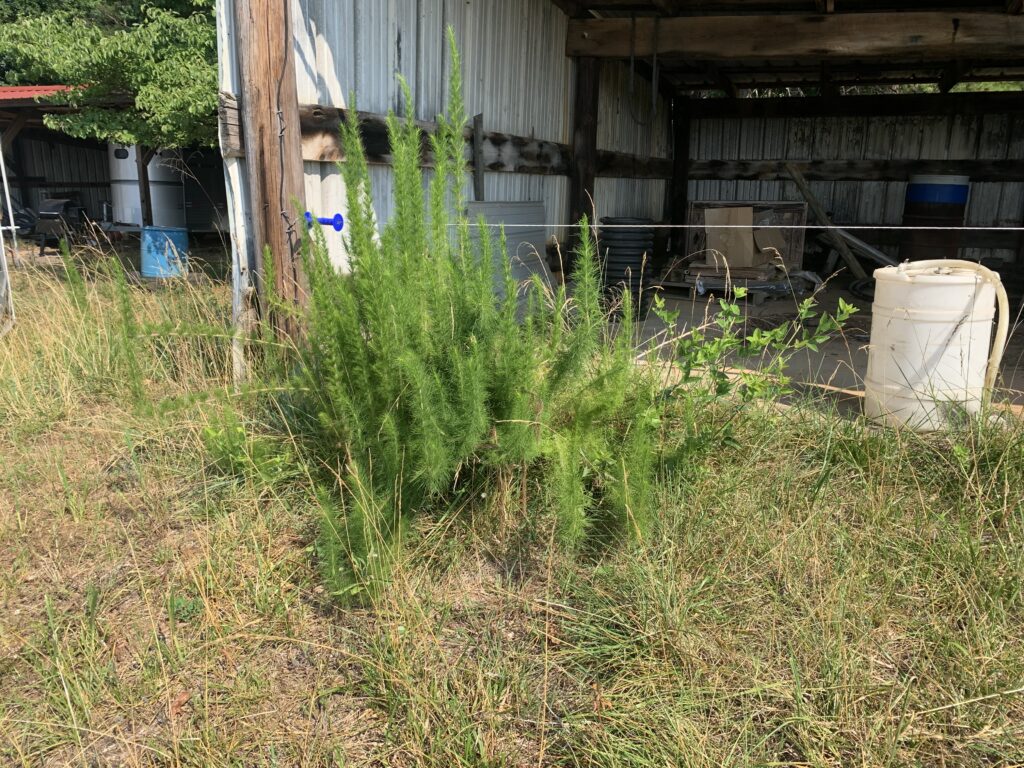Dodging Dogfennel
go.ncsu.edu/readext?874952
en Español / em Português
El inglés es el idioma de control de esta página. En la medida en que haya algún conflicto entre la traducción al inglés y la traducción, el inglés prevalece.
Al hacer clic en el enlace de traducción se activa un servicio de traducción gratuito para convertir la página al español. Al igual que con cualquier traducción por Internet, la conversión no es sensible al contexto y puede que no traduzca el texto en su significado original. NC State Extension no garantiza la exactitud del texto traducido. Por favor, tenga en cuenta que algunas aplicaciones y/o servicios pueden no funcionar como se espera cuando se traducen.
Português
Inglês é o idioma de controle desta página. Na medida que haja algum conflito entre o texto original em Inglês e a tradução, o Inglês prevalece.
Ao clicar no link de tradução, um serviço gratuito de tradução será ativado para converter a página para o Português. Como em qualquer tradução pela internet, a conversão não é sensivel ao contexto e pode não ocorrer a tradução para o significado orginal. O serviço de Extensão da Carolina do Norte (NC State Extension) não garante a exatidão do texto traduzido. Por favor, observe que algumas funções ou serviços podem não funcionar como esperado após a tradução.
English
English is the controlling language of this page. To the extent there is any conflict between the English text and the translation, English controls.
Clicking on the translation link activates a free translation service to convert the page to Spanish. As with any Internet translation, the conversion is not context-sensitive and may not translate the text to its original meaning. NC State Extension does not guarantee the accuracy of the translated text. Please note that some applications and/or services may not function as expected when translated.
Collapse ▲Dogfennel, a warm season perennial with the distinct scent of fennel, can be found growing throughout Stokes County. While dogfennel has historically been useful as an insect repellent, it unfortunately has no place in pastures or hayfields.
Dogfennel is characterized by its hairy stem and fine, hairless leaves. It begins growing from dormant rosettes and seeds during the late spring and early summer, when soil temperatures reach 65 degrees. Height can vary, with some plants being as small as six inches, but it has the capability to grow over six feet tall. Despite its tender stem when young, it becomes woody and tough as it matures, making it particularly unpalatable to livestock and undesirable in hay crops.
Dogfennel control can be achieved several ways. Herbicides have shown to be effective on dogfennel, although rates can vary depending on plant height. It is typically recommended to apply herbicide before plants reach 20″ tall, with options including Weedmaster (2,4-D and dicamba), 2,4-D amine, and a mixture of Duracor and Pasturegard HL. When plants exceed 20″, the Duracor + Pasturegard HL mixture is still effective. Other options as dogfennel grows include a mixture of GrazonNext HL with either Pasturegard HL, 2,4-D amine, or 2,4-D and dicamba. Herbicides should not be applied during drought conditions, as they will be substantially less effective. It is imperative that herbicides are always mixed according to label instructions to prevent injury. The label is the law for all herbicides. Mowing regularly reduces regrowth, and encourages growth of desirable forages below dogfennel’s canopy.
Whatever your method may be, it is always best to dodge dogfennel in pastures and hayfields when possible.







